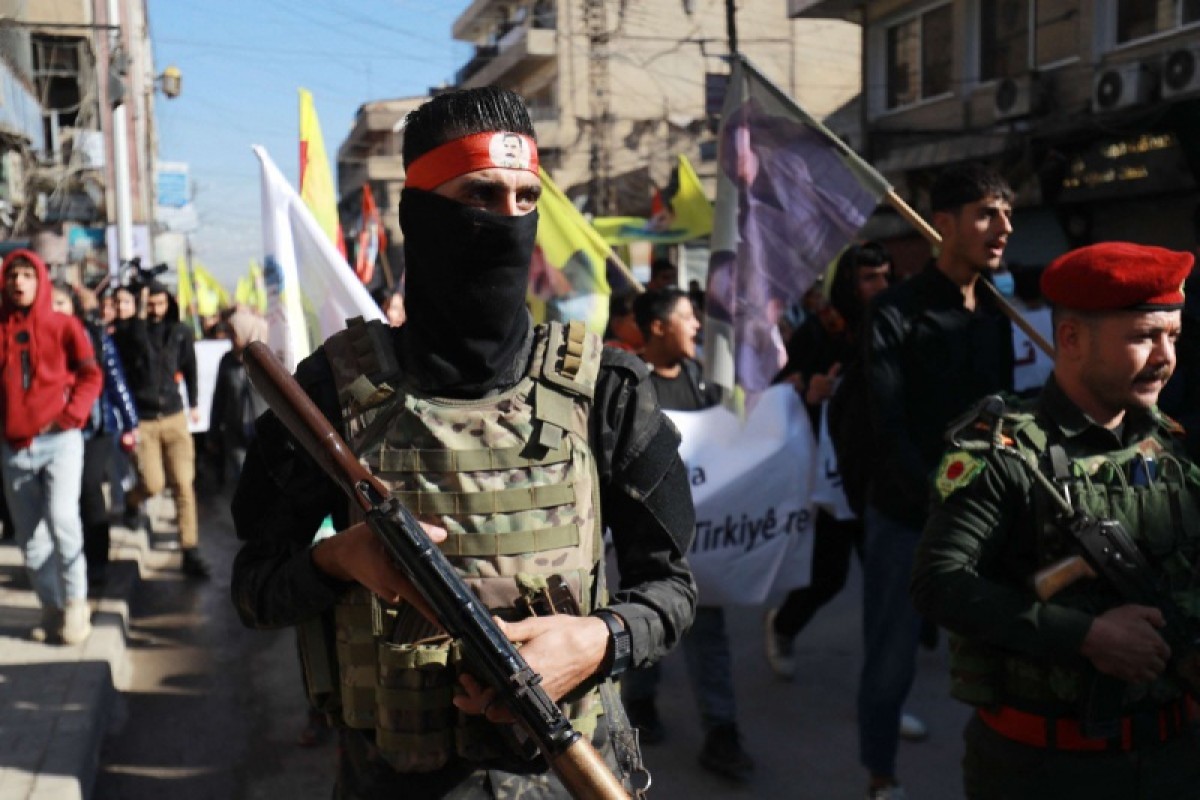Sudden withdrawal of Syrian forces and Iranian militias from Deir ez-Zor


Syrian government forces and leaders of groups loyal to Tehran withdrew on Friday “suddenly” from the city of Deir ez-Zor in eastern Syria, according to what the Syrian Observatory for Human Rights reported, in a move that followed major field losses that Damascus suffered in recent days in Aleppo and Hama, while it continued Opposition forces advance towards the city of Homs.
This withdrawal opens the way for the Syrian Democratic Forces, whose backbone is Kurdish militants, to enter Deir ez-Zor without difficulty or fighting, while the move appears to be an attempt by the Syrian regime to put pressure on Turkey, which supports the Syrian opposition factions.
The Commander-in-Chief of the SDF, Mazloum Abdi, confirmed that he does not seek to enter into a conflict with Hay’at Tahrir al-Sham, but will work to protect the field gains made by his forces.
The director of the Observatory, Rami Abdel Rahman, said, “The regime forces, along with the leaders of groups loyal to Tehran, suddenly withdrew from the city of Deir ez-Zor and its countryside,” explaining that “convoys of soldiers headed towards the Palmyra area,” located east of the city of Homs, from which the opposition factions are now about five kilometers away. According to the Observatory.
For its part, Anatolia Agency said that the regime removed its forces from 7 villages in Deir ez-Zor and handed them over to the SDF. These villages are located on the "strategic corridor" that connects Iran to Lebanon via Iraq and Syria. The Syrian regime forces also withdrew from Deir ez-Zor military airport and handed it over to the Kurdish forces.
The city of Deir ez-Zor includes headquarters of Iranian advisors, institutions, and cultural centers.
Deir ez-Zor Governorate, which is rich in oil fields, is divided between several parties. Government forces, Iranian fighters, and groups loyal to them control the area west of the Euphrates River, which divides the governorate into two parts, while the SDF, a Kurdish and Arab faction supported by the international coalition led by Washington, controls The areas located on its eastern banks.
The United States relied on Kurdish forces to defeat ISIS and position itself in some points.
Since the outbreak of the conflict in Syria in 2011, Iran has been one of the most prominent supporters of President Bashar al-Assad, providing him with military, economic, and diplomatic support. Its role in the field, along with other allies, most notably Russia, contributed to tipping the balance in favor of its forces on several fronts.
Since November 27, Syrian opposition factions have been engaged in clashes with regime forces in several areas of the country. On November 29, they entered the city of Aleppo, and the next day they extended their control over Idlib Governorate.
After completing control of Aleppo and Idlib, the opposition took control of the city of Hama on Thursday following violent clashes with the regime.
On Friday, the factions began their incursion into the neighborhoods of the city of Homs, from the Al-Waer neighborhood, west of the city, and sought to advance towards the heart of Homs.
Turkey and the United States deny any role in moving the Aleppo and Hama fronts, but Turkish and Russian reports and analyzes confirmed that the sudden attacks would not have occurred without the intervention of external parties, led by Ankara, Doha, and Washington